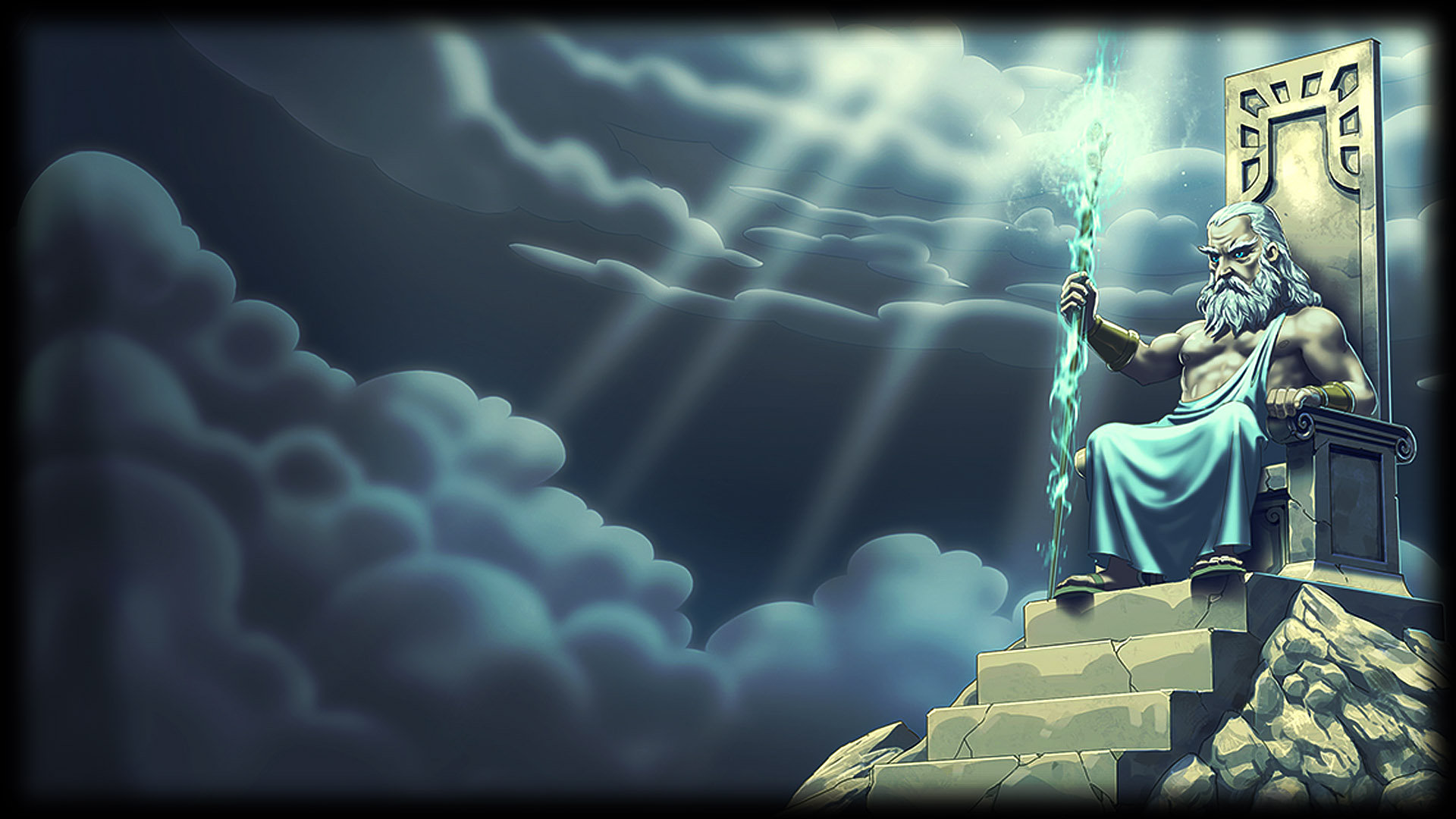

Antikensammlungen und Glyptothek, Münchenįirst, Hercules lured the coily creature from the safety of its den by shooting flaming arrows at it. Side A: scene at left, Hercules and Iolaos in chariot Munich 1416, Attic black figure amphora, ca. So, the pair drove to Lerna and by the springs of Amymone, they discovered the lair of the loathsome hydra. Legend has it that Iolaus won a victory in chariot racing at the Olympics and he is often depicted as Hercules' charioteer. Iolaus, who shared many adventures with Hercules, accompanied him on many of the twelve labors. His trusty nephew, Iolaus, was by his side.

Hercules set off to hunt the nine-headed menace, but he did not go alone. Schoder, S.J., courtesy of Bolchazy-Carducci Publishers Nor was this beast easy prey, for one of the nine heads was immortal and therefore indestructible. A monstrous serpent with nine heads, the hydra attacked with poisonous venom. From the murky waters of the swamps near a place called Lerna, the hydra would rise up and terrorize the countryside. The Lernean HydraThe second labor of Hercules was to kill the Lernean Hydra.
#12 LABOURS OF HERCULES TEMPLE OF ZEUS SKIN#
The playwright Euripides wrote that Hercules' lion skin came from the grove of Zeus, the sanctuary at Nemea:įirst he cleared the grove of Zeus of a lion, and put its skin upon his back, hiding his yellow hair in its fearful tawny gaping jaws. Ancient writers disagreed as to whether the skin Hercules wore was that of the Nemean lion, or one from a different lion, which Hercules was said to have killed when he was 18 years old. Pierce Fund Many times we can identify Hercules in ancient Greek vase paintings or sculptures simply because he is depicted wearing a lion skin. Photograph courtesy,Museum of Fine Arts, Boston. After that, Eurystheus sent his commands to Hercules through a herald, refusing to see the powerful hero face to face.īoston 99.538, Attic bilingual amphora, ca. Furthermore, Eurystheus had a large bronze jar made and buried partway in the earth, where he could hide from Hercules if need be. The king became afraid of Hercules, and forbade him from entering through the gates of the city. When Hercules made it back to Mycenae, Eurystheus was amazed that the hero had managed such an impossible task. Instead of sacrificing to Hercules as a dead man, Molorchus and Hercules were able to sacrifice together, to Zeus. Photograph by Maria Daniels, courtesy of the University Museums, University of Mississippi Hercules returned to Cleonae, carrying the dead lion, and found Molorchus on the 30th day after he'd left for the hunt. Mississippi 1977.3.62, Attic black figure neck amphora, ca. Grasping the lion in his mighty arms, and ignoring its powerful claws, he held it tightly until he'd choked it to death. Following it to a cave which had two entrances, Hercules blocked one of the doorways, then approached the fierce lion through the other. Hercules picked up his club and went after the lion.

Photograph by Maria Daniels, courtesy of the University of Pennsylvania Museum When Hercules got to Nemea and began tracking the terrible lion, he soon discovered his arrows were useless against the beast. Philadelphia L-64-185, Attic red figure stamnos, ca. If Hercules died trying to kill the lion, Molorchus agreed to sacrifice instead to Hercules, as a hero. If the hero returned with the lion's skin, they would sacrifice to Zeus, king of the gods. When his host offered to sacrifice an animal to pray for a safe lion hunt, Hercules asked him to wait 30 days. Weinberg Collection Setting out on such a seemingly impossible labor, Hercules came to a town called Cleonae, where he stayed at the house of a poor workman-for-hire, Molorchus. Photograph courtesy of the Department of Archaeology, Boston University, Saul S. King Eurystheus decided Hercules' first task would be to bring him the skin of an invulnerable lion which terrorized the hills around Nemea. The Nemean LionInitially, Hercules was required to complete ten labors, not twelve.


 0 kommentar(er)
0 kommentar(er)
